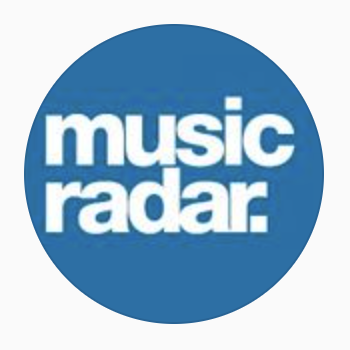10 technologies that are changing the way we make music
Groundbreaking new ways to sync, link, control and collaborate
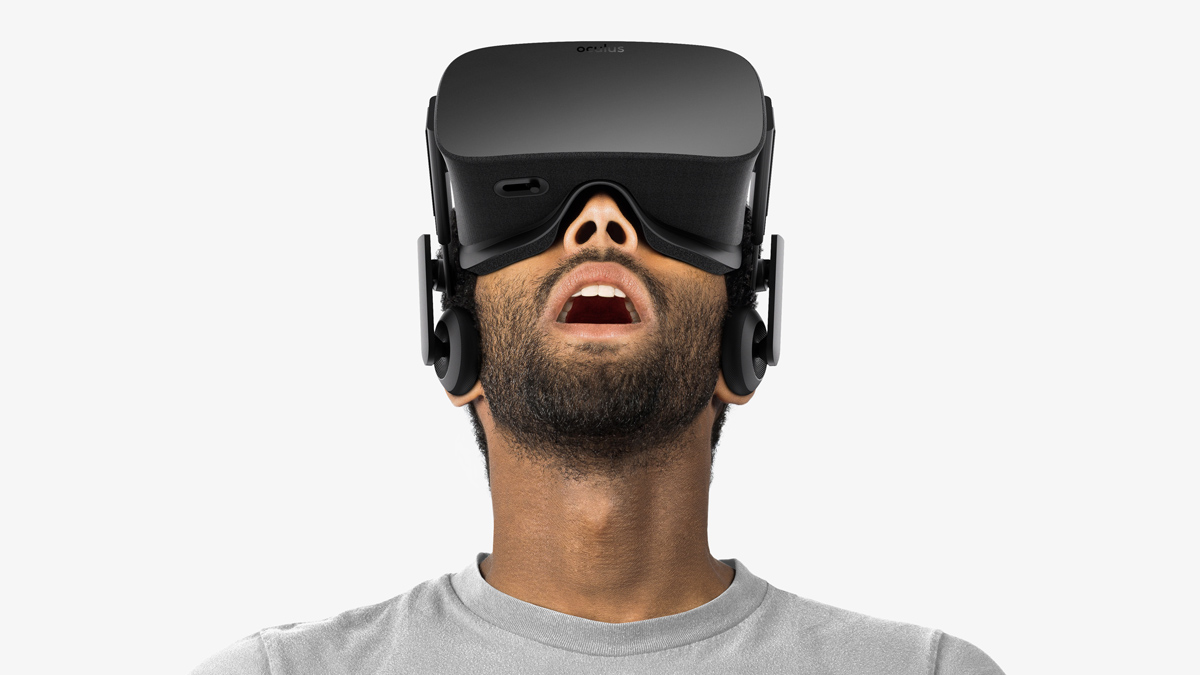
We've seen the future
As anyone who’s considered themselves one for a while will attest, there’s never been a better time to be an electronic music producer, with the average home studio in 2016 packing more creative power than most of us really know what to do with.
Often, though, the most interesting innovations in music software and hardware come from the less headline-grabbing side of the industry – the utilities and accessories that play a supporting role to the instruments, effects and DAWs at the heart of the machine.
In this round-up, we’ll take you on a ten-stop tour of what we consider to be some of the most exciting recent developments in ‘ancillary’ music technology.
From virtual reality and cloud collaboration to artificial intelligence-driven mastering and the future of mobile production, almost all of these forward-thinking gadgets, applications and services are on the market right now, the majority of them priced well within the average musician’s budget.
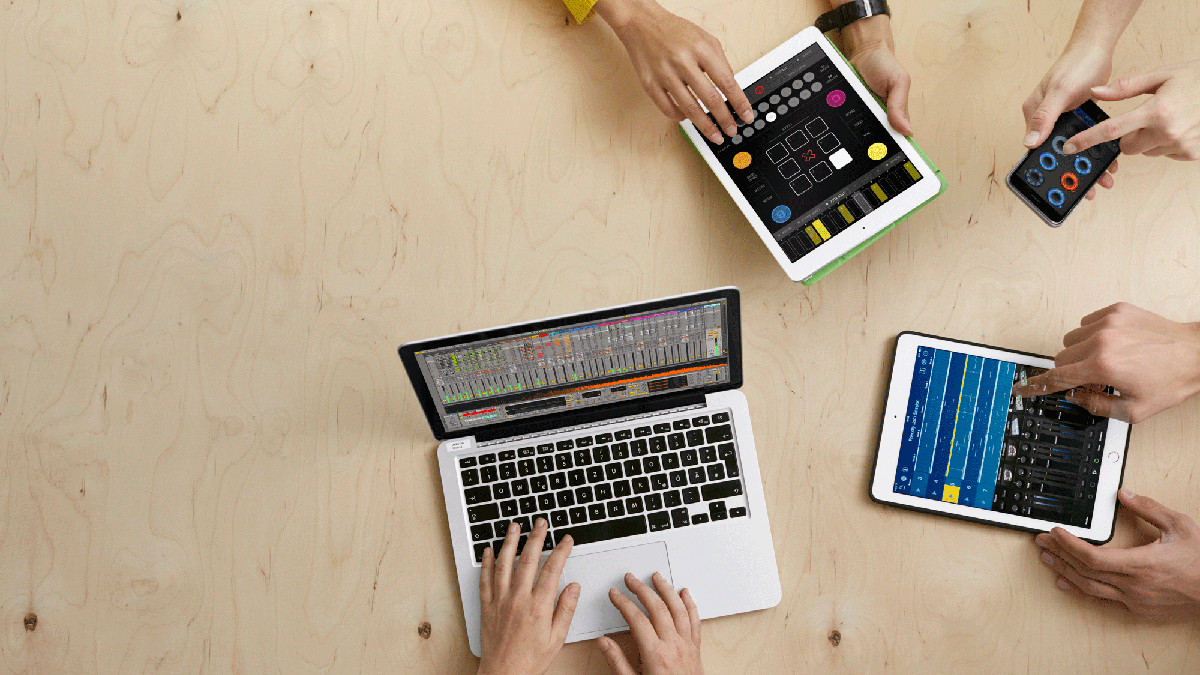
1. Ableton Link
Launched as a component of Live 9.6, Ableton’s effortlessly straightforward new collaboration technology enables multiple instances of Live and supported iOS applications (anyone can apply for the SDK) to synchronise playback over WiFi.
To use it, you simply turn it on in the preferences of Live or your iOS app. A rolling one-bar progress marker appears in every ‘client’, showing the global launch quantisation position by which they’re all governed. Playback of any app, once initiated, either doesn’t start until the progress marker cycle restarts - ie, the beginning of the next bar - or starts immediately at the current global playback position, ensuring that they all stay perfectly in sync.
And that’s really all there is to it! Any Linked app can change the global tempo, start and stop its own playback without affecting the others, and even disconnect and reconnect from the session without so much as a hiccup. Any number of instances of Ableton Live and/or Link-enabled iOS apps can be hooked up, and you can even use it to sync multiple apps running on the same iPhone or iPad.
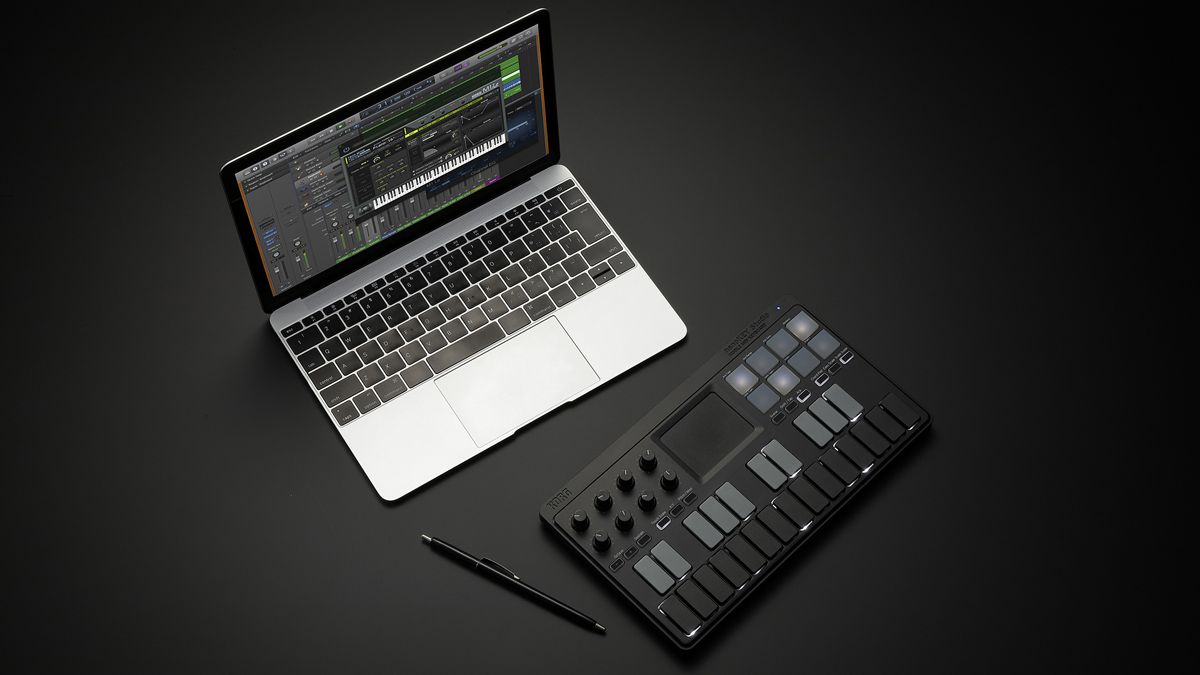
2. MIDI over Bluetooth
Musicians have been sending MIDI data over LAN for years, but the release of iOS 8 and OS X 10.10 gave developers for Apple’s two platforms the ability to transmit and receive MIDI via Bluetooth (4.0) to and from their iPhone, iPad and Mac applications.
A number of Bluetooth MIDI controllers take advantage of this, including Korg’s microKEY Air keyboard and nanoSeries Studio units (check out the nanoKey Studio above), and CME's Xkey Air. There are also adaptors/interfaces, such as Yamaha's MD-BT01 and UD-BT01 and Zivix’s PUC+, which make any MIDI instrument/controller Bluetooth friendly.
As well as its extremely low power requirements (the protocol uses Bluetooth LE,or Low Energy), the big advantage to using Bluetooth over WiFi for MIDI transmission is its instant setup. You don’t even have to pair the devices in question - just turn on your controller and it automatically shows up in the Bluetooth MIDI list of any enabled and activated apps in range.
Transmission is also surprisingly fast, boasting latency on a par with a wired connection.
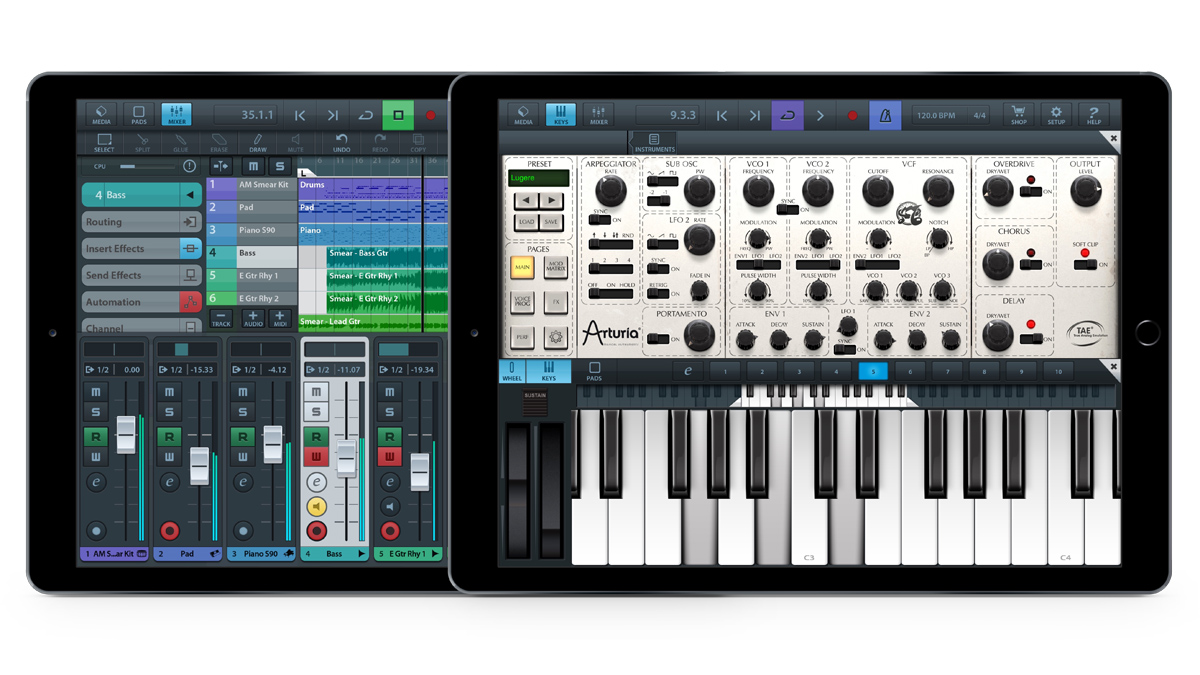
3. iOS Audio Units
While Inter-App Audio and AudioBus are both solid options for the iOS musician looking to plumb instrument and effect apps into their DAW, what we’ve really been waiting for since the earliest days of iOS-based music production is a proper plugin format, just like we’ve long had on our Macs and PCs.
Well, we now have one in the shape of Apple’s own Audio Units extension framework, introduced with iOS 9, and although it doesn’t seem to be catching on with developers anywhere near as fast as we’d like, it certainly works.
Fire up an Audio Units extension in an enabled host and the synth or effect appears and operates directly within it, just like a regular desktop plugin - it’s awesome.
Like we say, though, for whatever reason, developers haven’t exactly been falling over themselves to get onboard. AU-compatible DAWs include GarageBand, Cubasis (pictured above) and Multitrack Studio, while the currently meagre lineup of AU instruments and effects extensions pretty much starts and ends with iSEM, NS1, MicSwap Pro, Remaster and Blamsoft’s six-strong lineup.
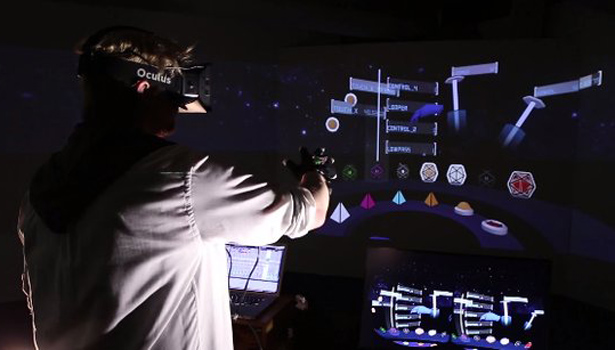
4. Oculus Rift
Not for the first time, virtual reality finds itself the hottest topic in consumer technology, with the gaming industry in particular once again suggesting it could herald a revolution in immersion - but should musos be paying attention too?
Although a number of VR systems are on the way, the highest profile of them all is the long-awaited Oculus Rift headset and its complementary Oculus Touch hand-held motion controllers. Using these, the musician could place themselves within a high-concept wrap-around 3D synth or DAW interface, for example, and control and navigate it using gestures and head movements.
Sound too good to be true? Byron Mallett would disagree - his Pensato controller application for Ableton Live stands as proof that this stuff really works. We can’t wait to see what enterprising live performers will come up with once the Rift actually ships later this year.
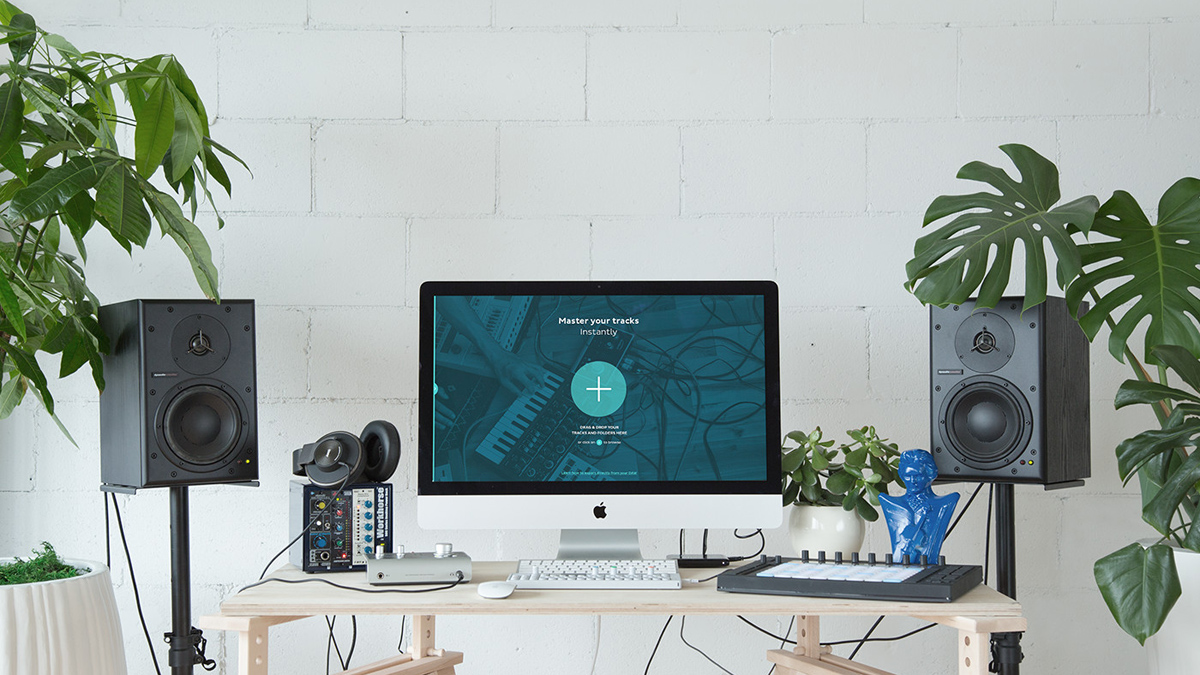
5. LANDR
Ah, the dark art of mastering. Even though software like iZotope’s Ozone has made this crucial final stage of production accessible to all, we all know that the best results come from getting a professional mastering house involved, with all its amazing gear and golden-eared engineers.
Now, for those who can’t afford such luxuries but still don’t feel confident doing it themselves, there’s Mixgenius’s LANDR. Upload your track via the LANDR website and its software compares it to a huge database of genres and styles, applies appropriate dynamics processing and EQ using “deep learning”, and renders your master.
It’s unlikely to put any professional engineers out of work or iZotope out of business, but LANDR largely lives up to its promise of delivering genuinely impressive sounding masters at a range of price points depending on your quality requirements.
Give the free version a try and prepare to be mildly amazed - and if you’re a user of Cakewalk’s Sonar DAW, you can enjoy the ability to export to LANDR it directly from your DAW.
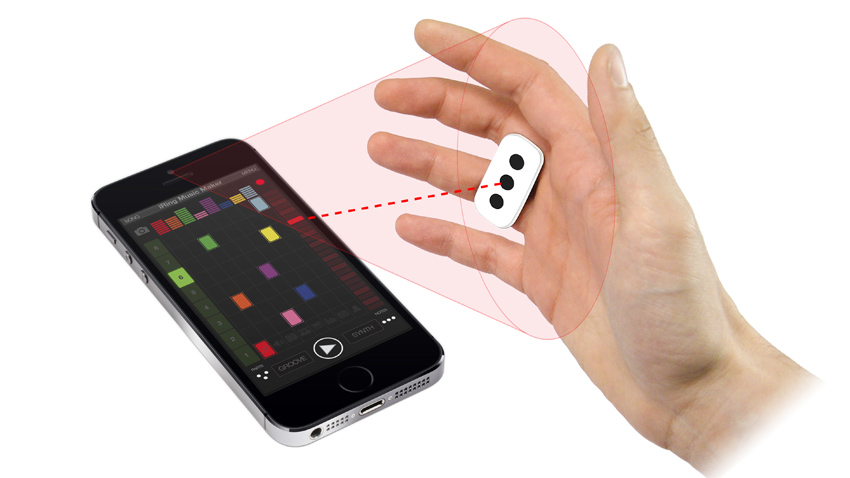
6. Gestural control
While the Oculus Rift could find a niche as the Rolls Royce of gestural electronic music performance systems, for those on a tighter budget, the future is already here in the shape of numerous motion-based MIDI controllers. Three of the best are IK Multimedia’s iRing (above), Source Audio’s Hot Hand USB and Leap Motion’s, um, Leap Motion, each of which does its thing in its own way.
The iRing is nothing more than a pair of plastic rings with markings etched into them, the movements of which in three-dimensional space are read by the camera on your iPhone or iPad and converted to MIDI data using a dedicated app.
The Hot Hand USB is also a wearable ring, this time with a three-axis accelerometer built in that transmits motion data to a USB receiver, again for conversion to MIDI via a flexible Mac/PC app. Finally, the Leap Motion is a small USB sensor ‘block’ for Mac and PC, above which you move your hands to control all manner of software, including several MIDI generating apps.
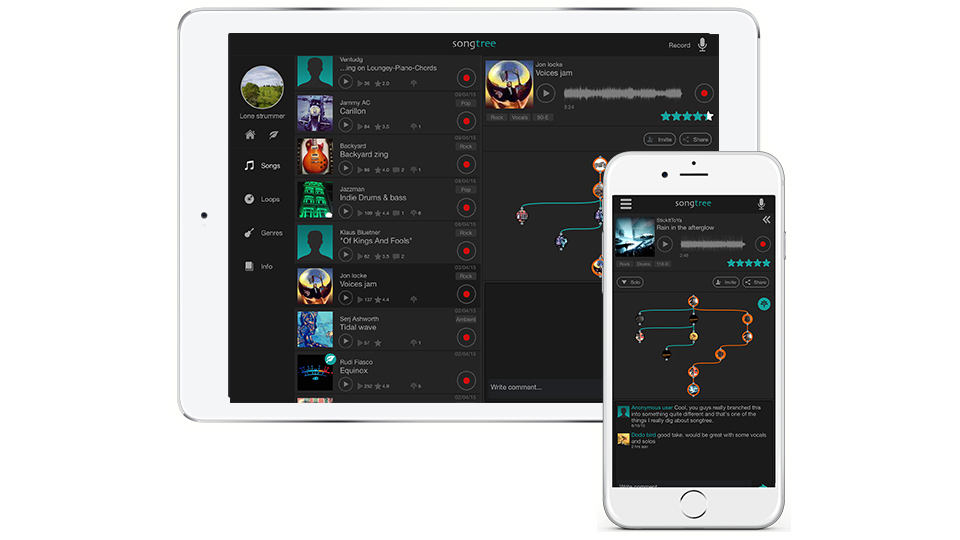
7. Cloud collaboration
As it is everything else in digital life, cloud technology is starting to have a real impact on music production, with DAW developers and third parties alike building powerful platforms for musicians to collaborate remotely on.
The latest entrant into the fray is Propellerhead’s Allihoopa service, enabling users of Take, Figure and Reason to share projects within those apps, and joining the likes of Steinberg’s VST Connect Pro and Ohm Force’s Ohm Studio on the DAW-integrated side of the collaboration fence.
On the other side are the more ‘open’ Splice, Gobbler and Blend, all of which facilitate collaborative working in various DAW formats via dedicated servers, or Dropbox in the case of Blend. You might also consider BandLab, which enables collaboration across multiple platforms, and the mobile-friendly Songtree (above).
Of course, as well a providing the tools to make music with anyone anywhere in the world, most collaboration services have integrated social networking features to help you find them in the first place.
While we can’t help but fear slightly for the future of actual face-to-face musical collusion, the cloud is certainly a positive gamechanger for socially minded producers.
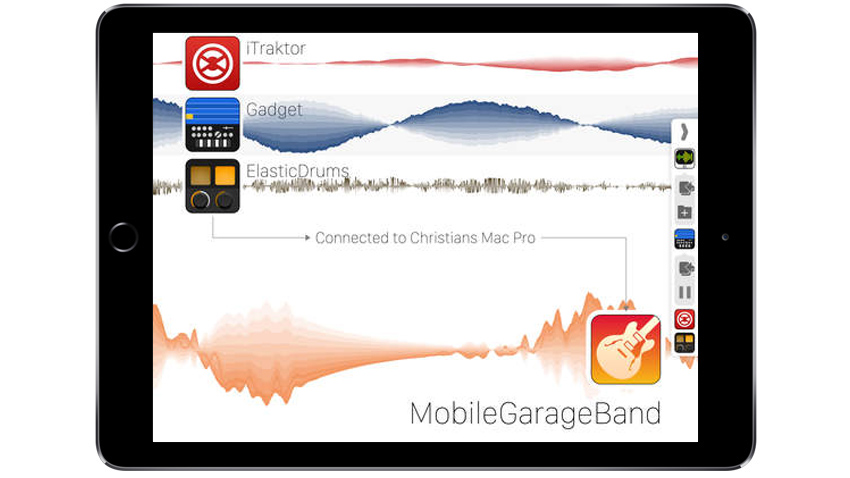
8. Studiomux
AppBC’s absurdly useful Studiomux app for iOS seamlessly integrates your iPad, iPhone or iPod touch with your Mac or PC-based studio. By our reckoning, it’s the most effective way to get your iPhone apps working almost ‘like plugins’ in your desktop DAW.
With your iDevice connected to your computer via USB and running Studiomux, MIDI (and, indeed, OSC) and audio can be streamed bidirectionally between the two via a pair of VST/AU plugins. Load up to eight channels of Inter-App Audio-capable instruments and effects into studiomux for triggering from MIDI tracks in your DAW, and digitally record their output back onto audio tracks; or process audio tracks in your DAW with IAA effect apps. The only thing missing is mirroring of the app GUIs on your Mac or PC!
At the same time, all active MIDI ports on each system are also made available on the other, enabling MIDI to be sent from iOS to the computer.
Studiomux is an utterly essential app for any iOS musician, but if you only need its MIDI capabilities and are particularly low on funds, you could save three quid by buying the audio-less Midimux instead.
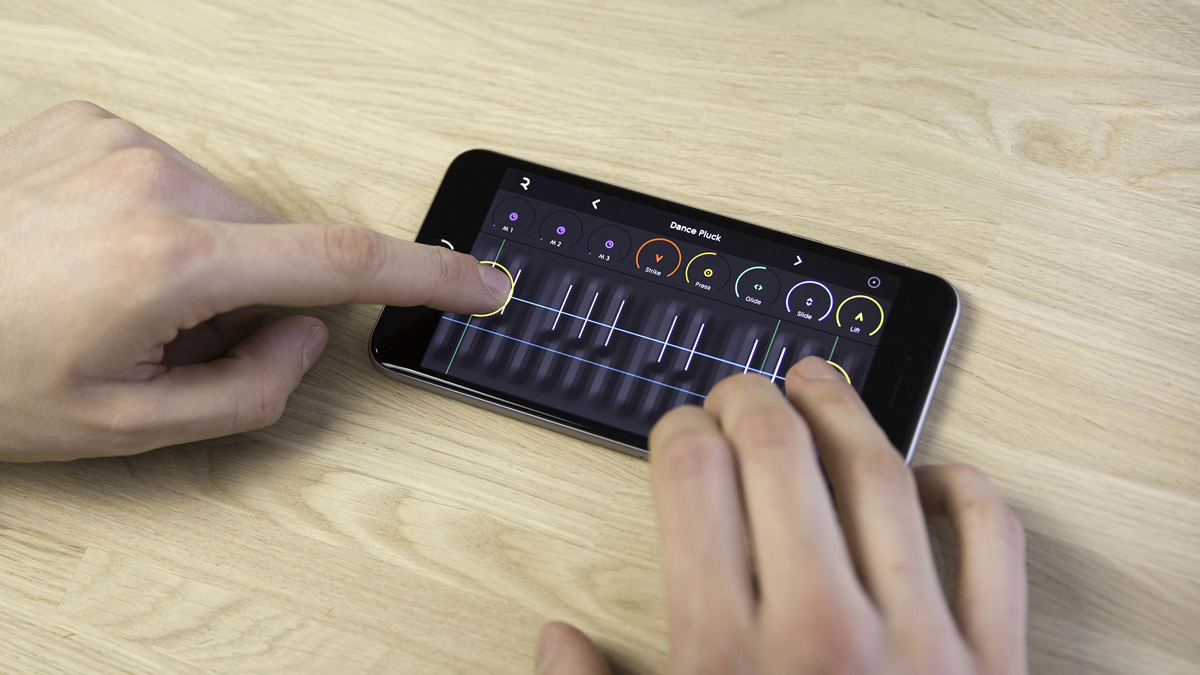
9. 3D Touch
With the introduction last year of 3D Touch in the iPhone 6S and 6S Plus, Apple literally brought a new dimension to touchscreen interaction with obvious potential in the area of music-making apps.
From aftertouch on a virtual keyboards and pressure-sensitive ‘XYZ-pad’ controllers, to MPC-style roll functionality and ‘peek and pop’ sample auditioning in a DAW or audio editor, the possibilities are hugely exciting.
As with all new iOS features, though, the uptake by developers hasn’t exactly been quick, and we expect that the dream of 3D Touch becoming anything like a standard feature in the iOS studio won’t be realised until it’s added to the iPad, which is where all the big production apps hang out.
Nonetheless, the good news is that the technology is proving to be a resounding success in the few apps that do support it, including ROLI’s brilliant Noise (pictured above and free - go get it!), Native Instruments’ iMaschine 2 and Apple’s own GarageBand.
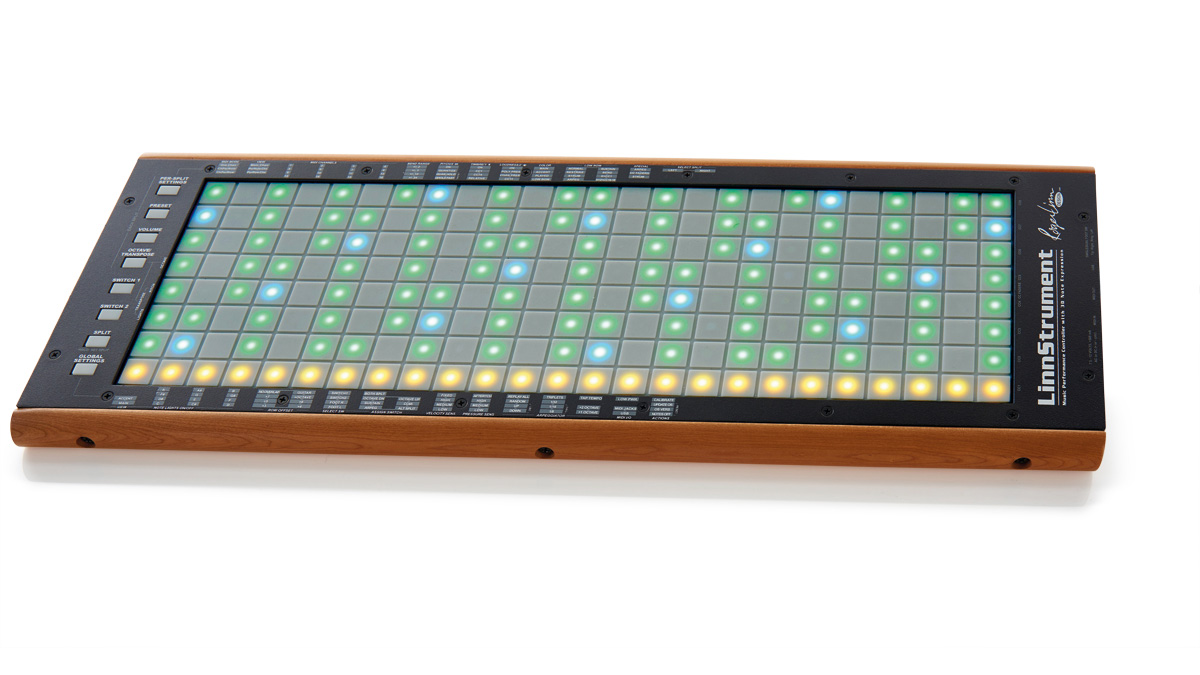
10. Expressive MIDI controllers
Speaking of ROLI, unless you’ve been out of music tech town for the last few years, you’ll no doubt be aware ofsaid manufacturer’s madcap Seaboard Grand and Rise keyboards, which are spearheading the new generation of more expressive MIDI controllers with their innovative multi-dimensional input systems.
Hot on their heels, though, is Roger Linn’s Linnstrument (pictured above), an amazing multitouch controller comprising 200 ‘3D-sensing’ pads and making a spectacularly viable alternative to the conventional keyboard.
And then there’s the mysterious and quite beautiful Expressive E Touché, with its four simultaneous expression controls and force feedback. Understated, intuitive and fabulously wooden, we’re particularly looking forward to that one.
All of the above, it must be said, are (or probably will be) kinda pricey, but if you’re after an expressive MIDI instrument at the more earthly end of the market, KMI’s dinky QuNexus keyboard, with its pressure- and tilt-sensitive keypads for polyphonic aftertouch and pitchbend, is well worth checking out.
A music and technology journalist of over 30 years professional experience, Ronan Macdonald began his career on UK drummer’s bible, Rhythm, before moving to the world’s leading music software magazine, Computer Music, of which he was editor for over a decade. He’s also written for many other titles, including Future Music, Guitarist, The Mix, Hip-Hop Connection and Mac Format; written and edited several books, including the first edition of Billboard’s Home Recording Handbook and Mixing For Computer Musicians; and worked as an editorial consultant and media producer for a broad range of music technology companies.
